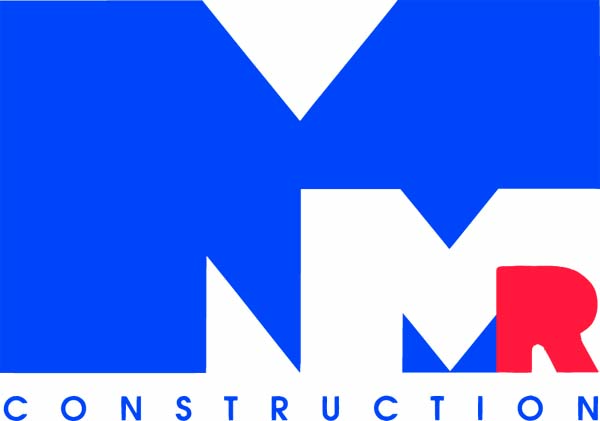Greenwich Citizen – Contractor’s Corner
by Mike Rosa
Selecting a Qualified Contractor
The Indian Summer real estate market is upon us and “for sale” signs are popping up like daisies, heating up competition in an already saturated market. According to statistics from the Greenwich Board of Realtors, the inventory of Greenwich homes for sale grew 14 percent and purchases are down by 32 percent since January, with no end in sight. A recent industry forecast called “Foundations for Future Growth in the Remodeling Industry” from Harvard University’s Joint Center for Housing Studies, says that flat and falling home prices have convinced many homeowners to wait it out and renovate rather than sell. Those who choose to renovate will save themselves headaches and money by hiring a licensed, skilled, honest and reliable contractor.
Here’s how:
The Design Process
First, consumers are wise to work with a professional architect who will design an architecturally balanced, mechanically correct and visually pleasing plan. Of course, it requires an investment, but hiring an architect will eliminate guesswork and expensive complications. Moving or adding fixtures, reconfiguring walls or relocating major mechanicals add up fast and eat up time and administrative costs. According to Greenwich architect Lewis Contadino, AIA, “Hiring a design professional insures that a home will maintain or increase its resale value. When a renovation or addition is designed to integrate and blend stylistically and functionally with the existing structure, it creates better curb appeal and maximizes your return on investment.”
Selecting a Contractor
Compile a list of recommendations from friends and relatives. Tour favorite neighborhoods and note builders on local construction projects. Also, ask for recommendations from those who have recently built or renovated. An experienced professional contractor should have a brick-and-mortar address, a take-charge personality and the leadership skills to protect the client’s interests, should a project run into snags. Determine if the contractor shares your vision and goals, and ask the following important questions:
Contractor availability and number of projects scheduled at the same time?
Number of years in business?
Look for 10 years or more.
Hard copies of licenses and insurance policies
.Recent references and addresses of past projects to visit.
Project management: will a supervisor be on-site at all times?
Request a list of architects they’ve worked with and contact the architects for references.
Ask for supplier names.
Call to verify that the contractor has good credit standing.
The billing procedures for products and materials.
Is the quality of both workmanship and materials guaranteed?
Frequency of cost overruns: How are they controlled and managed?
Subcontractor billing procedures?
Change orders, additions and deletions: How are they handled? (they should be itemized in writing).
The recommended construction methods and length of time needed for project completion?
Next, visit the state Department of Consumer Protection’s Web site at www.ct.gov/dcp to check licensure and potential consumer complaints. Thoroughly check all references before providing the bid opportunity. Once you’ve narrowed your list down to two or three qualified contractors, trust your instincts. How well will you work together and what’s your comfort level with that person? Then use a process of elimination for the final selection.
The Bid Proposal
Contractors typically submit bid proposals in one of the following formats:
Fixed bid with allowances: The most traditional method for bidding a custom project. The builder’s proposal quotes a fixed price for the total project with allowances for phases that are usually customized such as built-ins, kitchen cabinets and tile selections.
Fixed bid with specifications: The primary difference between this strategy and fixed bid with allowances is allowances are eliminated and replaced with predefined products and specs for all phases.
Cost-plus with a fixed fee: As the name suggests, the builder can open his books and limit his profit margin while predefining all specifications and the overall scope of the project.
Cost-plus a percentage: Open book construction management with the builder management fee calculated as a percentage of the total project cost. MMR Construction recommends this bidding strategy to their potential clients as the best approach to building a custom home. Why? It keeps overall costs down, and even can save clients money. It’s easy to track purchases, and eliminates potential contractor/subcontractor “padding” of expenses.
Supplies & Materials Purchasing
Be cautious about contractors who won’t allow consumers to purchase materials and supplies directly. It could mean the contractor is insolvent. Direct purchasing, also known as “pass-through purchasing,” is a materials and supplies purchasing method where purchases are negotiated in advance and savings are passed along to customers. It also streamlines bookkeeping. Many builders offer this option to clients. It ensures easy tracking of purchases, minimizes expensive surprises and an added bonus is eligibility for credit card rewards.
Warranties
Many contractors will guarantee their work with an extended warranty. While no new construction or renovation project is entirely trouble free, these guidelines will give consumers the foresight to make sound decisions in advance. And, a sense of humor always comes in handy when things get hairy. Remember too, the old adage that says “you get what you pay for. If the deal seems too good to be true, then it probably is.”
Mike Rosa, a Greenwich resident, is president of MMR Construction, Inc., a Stamford-based luxury home-building company.
E-mail specific questions to:
